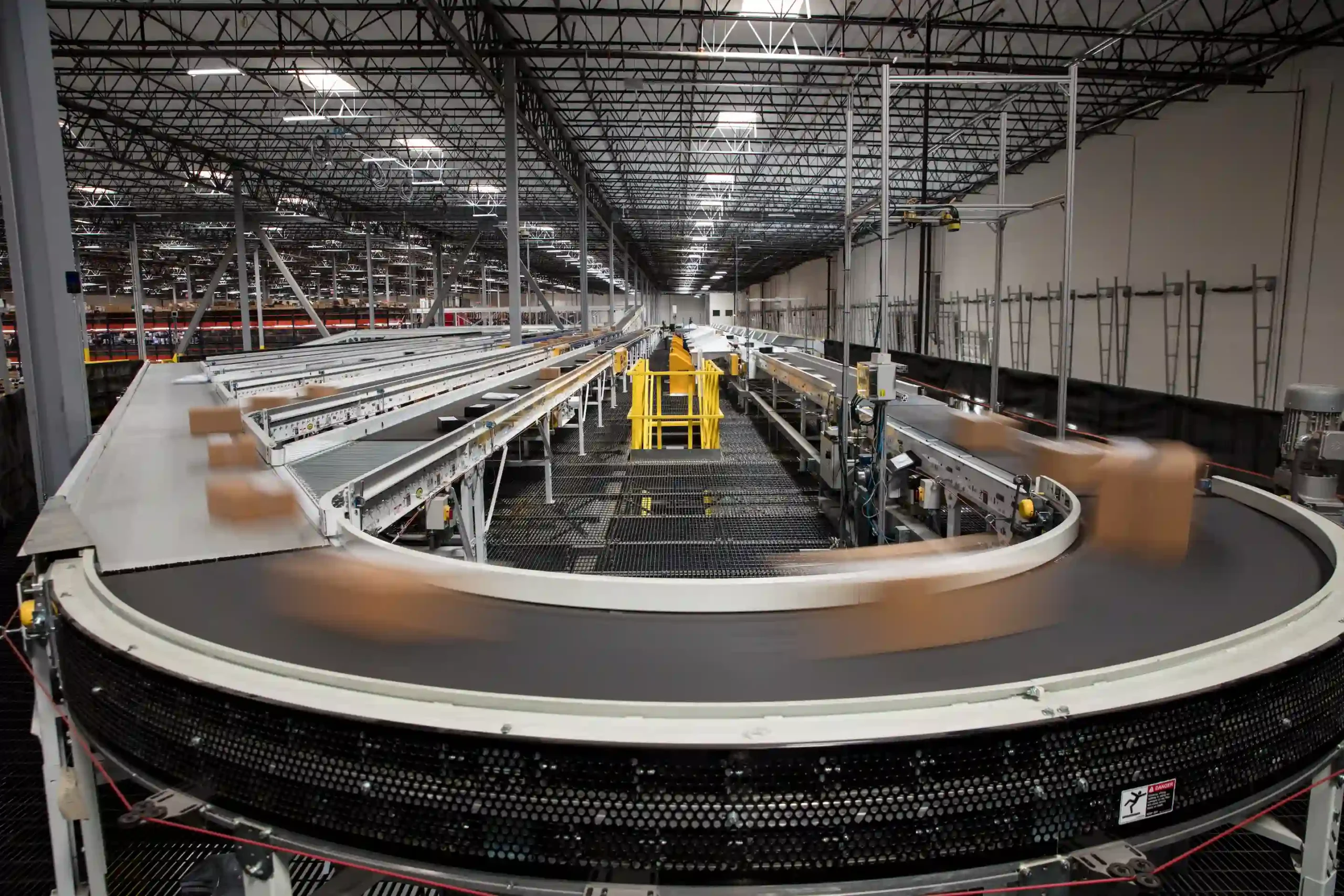Across industries, organizations are being forced to reconsider their approach to sustainability. Extended Producer Responsibility legislation across the US is on the rise, and when it comes to manufacturing companies shifting from traditional waste management practices to a more sustainable model is a must. From product design to recyclability and material recovery EPR programs are playing a huge role in manufacturing companies’ 2025 sustainability planning.
What is Extended Producer Responsibility (EPR)
In its simplest form, Extended Producer Responsibility (EPR), is a set of regulations designed to incentivize manufacturers to make more sustainable products and packaging decisions, keeping waste out of landfills.
EPR laws place the responsibility for the environmental impacts of products on producers (A.K.A. manufacturers) not just at the point of manufacturing, but for the entirety of the product life cycle.
The EPR legislation governing each region’s EPR policy approach is varied and growing across U.S. states from California and Oregon to Hawaii and New York – but all aim to reduce packaging waste and reenvision entire life cycles of packaging.
Extended Producer Responsibility (EPR) and the Circular Economy
The Ellen Macarthur Foundation looks at the circular economy as an economic model designed to minimize waste while maximizing the value of necessary resources.
Unlike traditional linear economic models, the circular economy model emphasizes keeping materials and products in use for as long as possible and recovering and reusing materials at the end of their life cycle when possible.
Extended Producer Responsibility (EPR) plays an important role in driving the circular economy by shifting responsibility and management costs of waste disposal and recycling away from consumers and governments and back to manufacturers.
As a result, manufacturers have more incentive to redesign single-use products that are reusable, durable, or recyclable – extending their entire lifecycle.
At a high level EPR regulations usually aim for the following goals:
- Reduction of material used in the production and packaging of goods. (using fewer materials)
- Reduce overall environmental impacts (using less toxic packaging materials)
- Keeping materials out of landfills. Plan for a product’s end-of-life, with take-back and recycling programs to repurpose materials.
With this goal in mind, brand owners are taking the initiative in their environmental impact and driving sustainable change.
How Extended Producer Responsibility (EPR) Impacts Manufacturing
The main way Extended Producer Responsibility (EPR) impacts manufacturing is through lifecycle analysis. Under producer responsibility organizations, manufacturers are expected to reshape how their products move through their lives from production to disposal.
EPR systems reallocate waste management back to manufacturers – including proper recycling of plastic packaging and the development of take-back schemes for products that are at the end of their lifecycle. This is an opportunity for manufacturers to consider sustainable product development that supports waste reduction and recycling efforts.
To comply with these regulations stakeholders should rethink their supply chain operations, how materials are sourced, and their current partnerships with waste management and municipality companies. Organizations should develop stewardship programs to collaborate with stakeholders and make sure everyone is aligned on the EPR goals.
And because EPR regulations look unique from state to state and country to country it is critical that organizations stay up to date with their location’s expectations.
Benefits of Extended Producer Responsibility (EPR) for Manufacturers
With the requirements of Extended Producer Responsibility (EPR) come a lot of added benefits for manufacturers. Although EPR may be coupled with high initial investment, down the line organizations will see long-term savings from more efficient waste management and reduced material costs through recycling and reuse.
And on top of financial benefits, the environmental benefits are far-reaching. EPR programs drive waste reduction and promote the particular use of materials, minimizing a company’s overall ecological footprint. Additionally, these changes encourage innovative product design by creating products that are easier to recycle, repair, or disassemble.
Implementing this new approach will also have a positive impact on the company’s brand reputation, showing consumers that sustainable change is of value. Now more than ever are consumers looking for a company’s commitment to sustainability, making EPR compliance that much more important.
In today’s world of conscious consumers, EPR not only aligns with regulatory requirements but also positions manufacturers as leaders and change-makers for sustainability.
Challenges Faced by Manufacturers Implementing Extended Producer Responsibility (EPR)
There are significant consumer and regulatory pressures to adopt EPR, but that doesn’t mean it’s an easy win. The following factors can be the biggest hurdles for manufacturers working to implement Extended Producer Responsibility programs.
- Financial and Operational Costs
For both local governments and businesses themselves, implementing new recycling infrastructure for waste management and take-back programs can be a costly barrier.
- Regulatory Complexity
With EPR regulations varying globally, it can be very difficult and time-consuming to navigate regulatory requirements.
- Supply Chain Adjustments
When EPR is implemented it typically requires major supply chain adjustments. From changes in sourcing and logistics to partnerships with recycling and waste management facilities, organizations must reconsider relationships with all stakeholders.
- Product Redesign Requirements
Redesigning products to be easier to recycle or reuse can be tedious and take lots of resources. Making design changes may also increase production complexity in many cases.
- Consumer Participation
For businesses to be successful in sustainable change it will also require buy-in from consumers. This is especially relevant when it comes to take-back schemes and recycling programs, which can be difficult to gain participation.
Specright’s Role in Extended Producer Responsibility (EPR) Compliance
At the heart of every EPR strategy must be an engine that provides transparency and visibility and simplifies regulatory reporting. This is a must in order to support your product and packaging teams in making informed material management and design decisions.
Specifications can provide the structural foundation companies need to rebuild more sustainable products. With Specright’s Specification Data Management (SDM) platform, manufacturers can centralize critical product and packaging data, ensuring that materials are accurately tracked, reported, and optimized for compliance with EPR regulations.
Access to detailed product and packaging data and specifications enables companies to make informed decisions about any necessary changes they need to meet EPR compliance. From Year Over Year (YoY) sustainability analysis to lifecycle assessments, Specright has you covered when it comes to meeting sustainability targets.
To learn more about EPR check out this infographic or request a demo.
Explore More Blogs
Get Started
With Specright’s Solution Suite, you can digitize, centralize, and link your specification data to drive efficiencies, intelligence, traceability, and collaboration within your organization and across your supply chain network.



